NDO - Within the framework of the 6th Indochina Dermatology Conference, the annual National Dermatology Conference and the 2nd Dermatology Research Conference taking place from November 21 to 23 in Hue City, many reports discussed the increasing trend of skin cancer.
Professor, Dr. Nguyen Huu Sau, Deputy Director of the Central Dermatology Hospital, said there are two types of skin cancer including non-melanoma (basal cell and squamous cell carcinoma) and melanoma.
A study by doctors at the Central Dermatology Hospital over a period of 6 years (2017-2022) showed that there were 1,133 skin cancer patients receiving inpatient treatment at this medical facility. Nearly 70% of them were patients with basal cell carcinoma (407 cases in the 3 years 2020-2022 alone).
However, in 2023-2024, the number of skin cancer patients recorded a significant increase. Each week, the hospital has about 10 to 20 patients coming for examination and treatment. In total, this hospital receives about 300-500 skin cancer patients each year. With melanoma, the most malignant type, with a high metastasis rate, 5 years ago, doctors rarely saw it (only about 25 cases/year), but in recent months, the hospital has recorded 1-2 cases/week. Notably, there are cases of skin cancer in people as young as 20-30 years old.
Explaining the reason for the increase in the number of skin cancer patients, doctors said that it was partly due to people's awareness and understanding of this disease being raised and more methods and equipment for diagnosis and early detection. Notably, there were cases where people were able to promptly detect skin cancer early thanks to watching a doctor's livestream on social media platforms.
Therefore, doctors recommend that when detecting small changes in the body, it is necessary to go to a medical facility for examination and early detection of the disease. Early detection of skin cancer, including melanoma, will make treatment easier, reduce the economic burden, and increase the survival rate over 5 years. If in the late stage, this rate is only about 10-20%. In particular, Dermoscopy is a modern device, which has been used at the Central Dermatology Hospital in recent years to support doctors in diagnosing melanoma with high sensitivity and specificity. This device allows distinguishing benign from malignant lesions, helping patients feel more secure during treatment.
Skin cancer is common in people who work in the sun; it develops mainly on areas exposed to the sun, including the scalp, face, lips, ears, neck, chest, arms, hands, and feet. Lesions can also form on the palms, feet, pressure areas; under the fingernails/toenails, and the genital area.
Doctors recommend that when detecting moles that change color, grow larger, or progress rapidly in any location; people who often work under the sun and have skin lesions, and have been treated with medication for 2-4 weeks but are not effective, they should go to a place that specializes in skin cancer.
Skin cancer is a type of cancer that occurs in both sexes, with the three most common types being basal cell carcinoma, squamous cell carcinoma, and melanoma. This type of cancer is common in people who work in the sun; it develops mainly on areas exposed to the sun, including the scalp, face, lips, ears, neck, chest, arms, hands, and feet. Lesions can also form on the palms, feet, pressure areas; under the fingernails/toenails…
Dr. Nguyen Huu Quang, Deputy Head of the Department of Plastic Surgery and Rehabilitation, added that with increased life expectancy, exposure to UV rays is the leading cause of skin cancer. In recent years, some changes in the use of immunosuppressive drugs have also caused many people to experience this condition.
As some studies in the world show, in the group of organ transplant patients, about 60% of people using anti-rejection drugs are likely to develop skin cancer after 3-5 years of using the drug. This risk will be reduced more if the drug is used well and the disease is properly managed.
Doctors say that early detection of skin cancer, even melanoma, makes treatment easier and more effective, increases the 5-year survival rate and reduces the economic burden. In many cases of early detection, the 5-year survival rate is over 90%, but if detected in the late stages, this rate is only about 10-20%.
When detecting moles that change color, grow larger, or progress rapidly in any location; people who often work under the sun and have skin lesions, and have been treated with medication for 2-4 weeks but are not effective, should go to a place that specializes in skin cancer...
Source: https://nhandan.vn/bac-si-canh-bao-benh-ung-thu-da-co-xu-huong-gia-tang-post846461.html








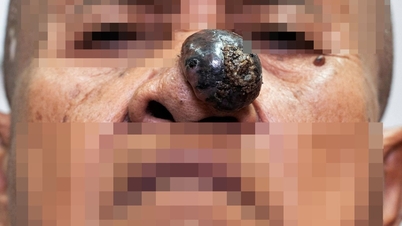













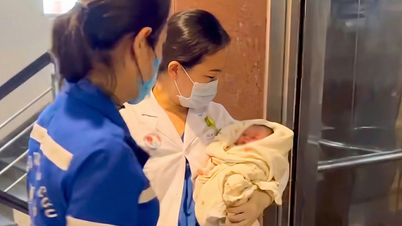

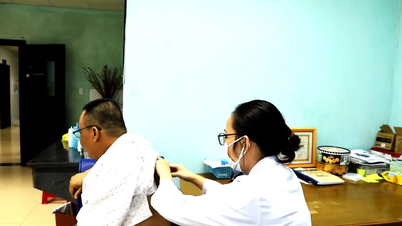






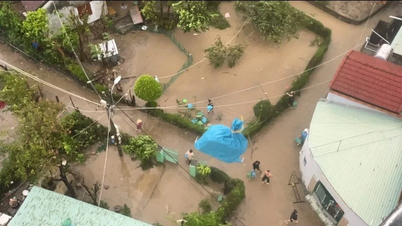





























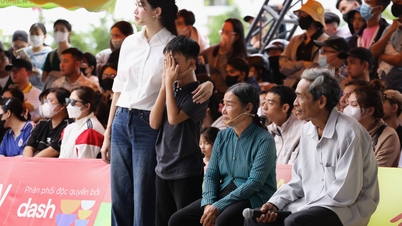





































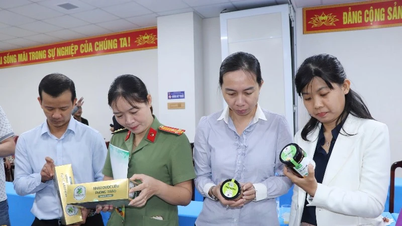









Comment (0)